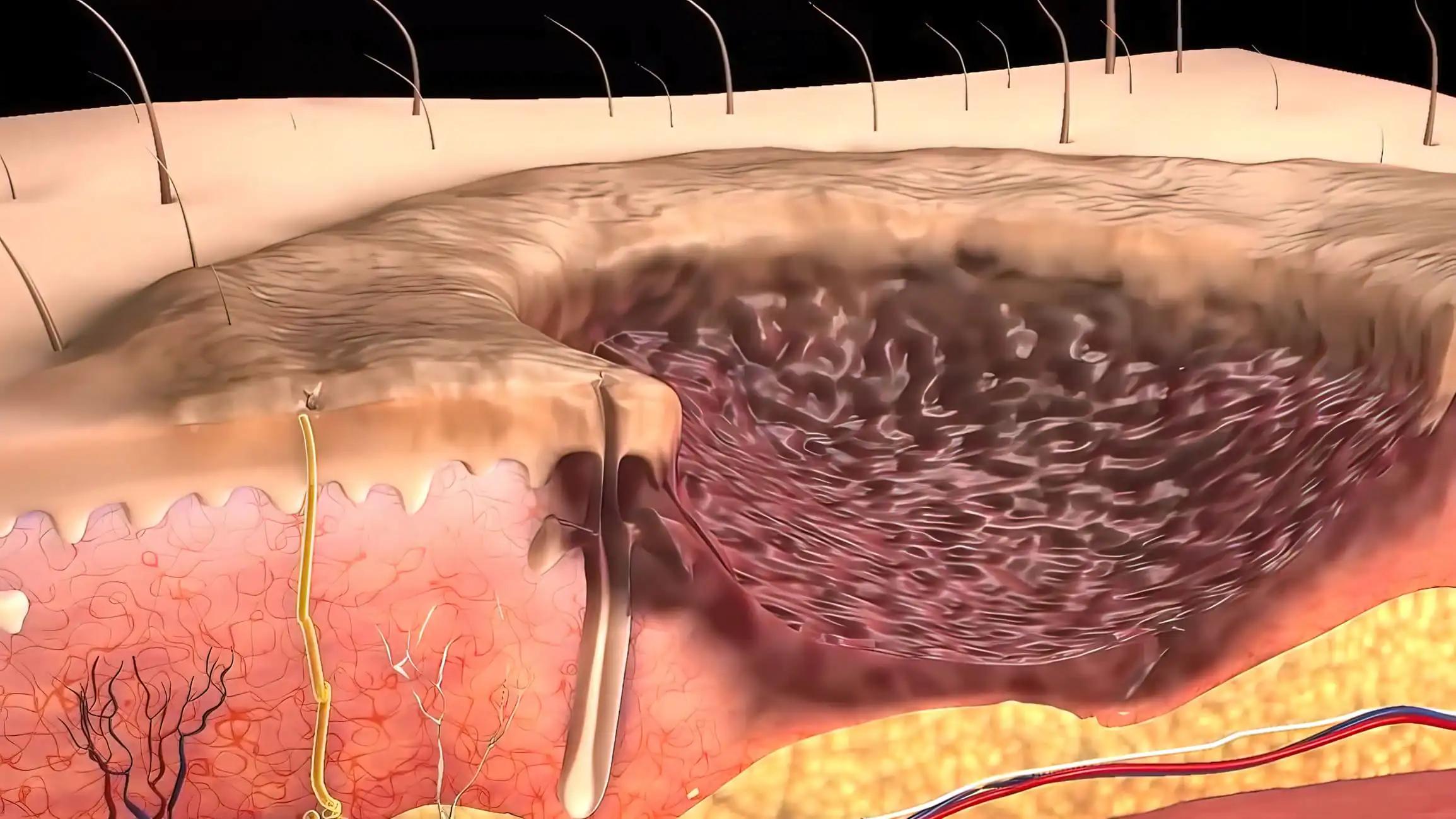KEY TAKEAWAYS
- The study aimed to investigate the correlation between occupational exposure to DE and the incidence of skin cancer.
- The results revealed no association between occupational DE exposure and skin cancer, though residual biases persisted.
Marika D’Agostini and the team aimed to investigate the correlation between skin cancer and occupational exposure to diesel exhaust (DE).
The study, adhering to STROBE guidelines and PECOS criteria, systematically reviewed cohort studies examining the correlation between occupational DE exposure and skin cancer risk. Approximately 12 independent risk estimates for melanoma skin cancer (MSC), 8 for non-melanoma skin cancer (NMSC), and 3 for skin cancer not otherwise specified (SC-NOS) were extracted.
Random-effects meta-analyses, stratified by geographic region and quality score, were conducted, reporting 95% CI. The investigation also included assessments of between-study heterogeneity and potential publication bias.
The results revealed no overall evidence of heightened risk for MSC [RR=0.90, 95% CI: 0.73-1.11; I2=92.86%, 95% CI: 82.83-97.03%], NMSC [RR=1.04, 95% CI: 0.88-1.23; I2=60.79%, 95% CI: 0-87.34%], or SC-NOS [RR=0.72, 95% CI: 0.54-0.97; I2=26.60%, 95% CI: 0-94.87%] among workers exposed to DE.
The analysis didn’t reveal differences between low and high-quality studies. Stratification by geographical region showed no significant variances. Additionally, no evidence of publication bias was found.
The study concluded no evidence supported an association between occupational exposure to DE and skin cancer. However, residual confounding and potential biases from other sources could not be dismissed entirely.
No funding information was available.
Source: https://pubmed.ncbi.nlm.nih.gov/38686576/
D’Agostini M, Collatuzzo G, Teglia F, et al. (2024). “Risk of Skin Cancer in Workers Exposed to Diesel Exhaust: A Systematic Review and Meta-Analysis of Cohort Studies.” Med Lav. 2024 Apr 24;115(2):e2024010. doi: 10.23749/mdl.v115i2.15569. PMID: 38686576.



